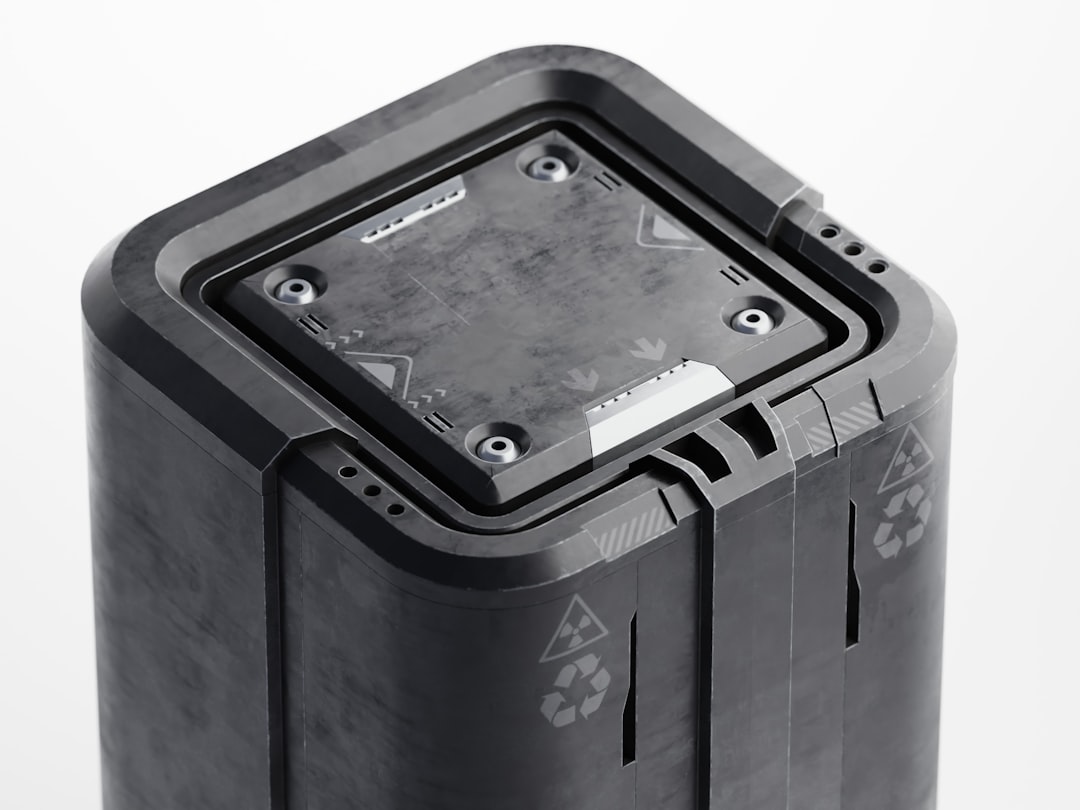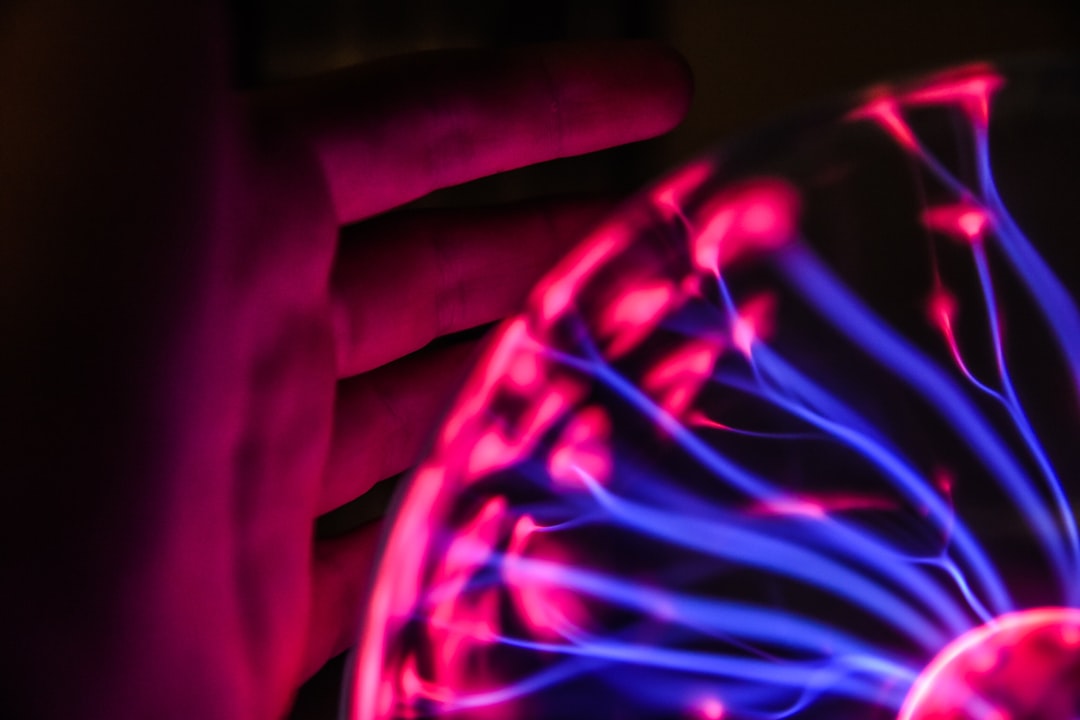What is it about?
The calorimetric response of a martensitic Cu–Zn–Al–Fe shape memory alloy (SMA) was evaluated during second heating, up to 453 K, with different rates ranging between 0.0167 and 0.167 K/s, performed on a differential scanning calorimeter (DSC). Heating rate (HR) variation caused a marked change of the endothermic peak aspect, which was observed on the DSC thermograms recorded during second heating and associated with the martensite reversion to parent phase. The particularities of the DSC thermograms obtained at different HR values were analysed and critical transformation temperatures of martensite reversion were determined by means of integral method. The influence of HR was corroborated with morphological changes of martensite plates.
Featured Image
Why is it important?
The results prove that there is an obvious relationship between HR values and the morphology of martensite plates, obtained after post-heating holding and cooling. The term of ‘heating rate memory effect’ was introduced to define the influence of temperature variation rate during heating on the martensitic structure obtained after subsequent cooling.
Read the Original
This page is a summary of: Influence of temperature variation rate on calorimetric response during heating and on martensite structure obtained after subsequent cooling of Cu–Zn–Al shape memory alloy, Micro & Nano Letters, January 2012, the Institution of Engineering and Technology (the IET),
DOI: 10.1049/mnl.2012.0049.
You can read the full text:
Contributors
The following have contributed to this page










